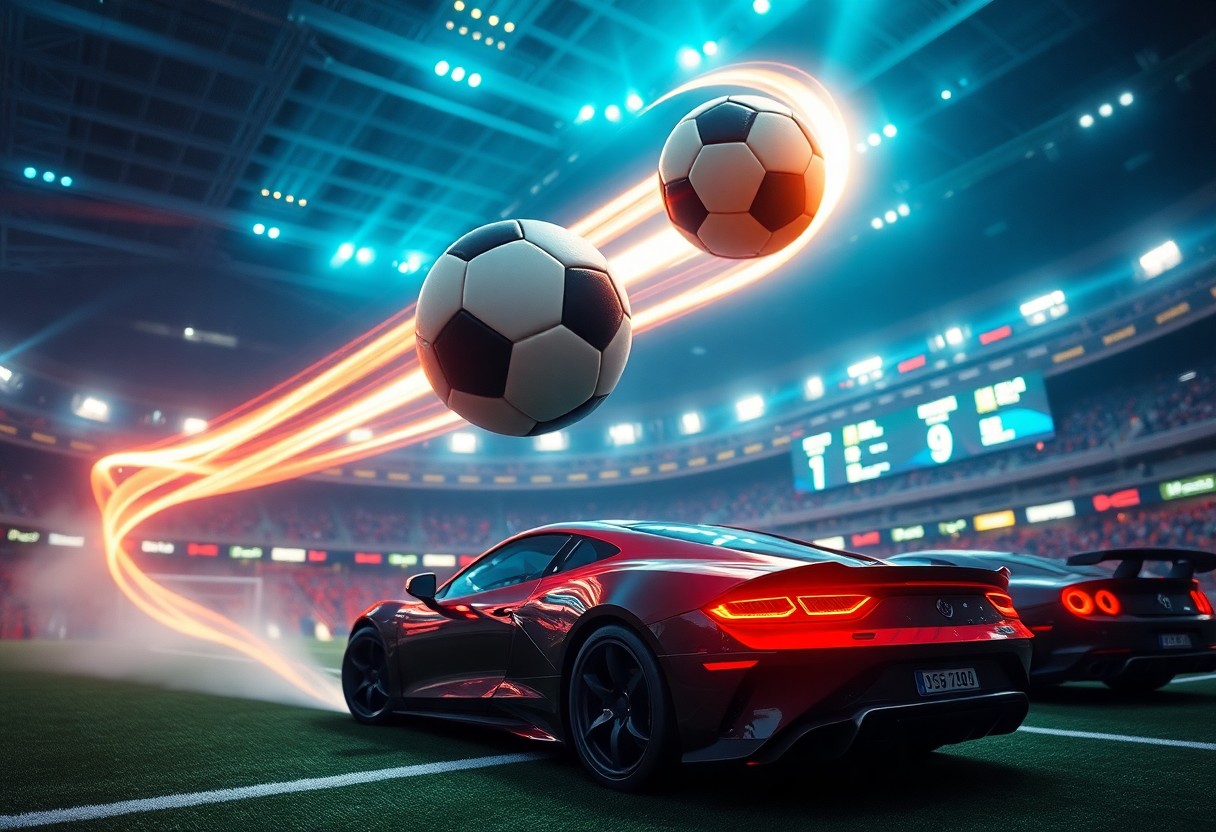There’s no denying that Rocket League has transformed the landscape of competitive gaming since its release in 2015. Combining elements of soccer with high-octane vehicular gameplay, it has captured the hearts of players worldwide. However, the game’s underlying engine architecture imposes certain limitations that affect its competitive variety, leading to a relatively narrow depth in gameplay strategies and meta-game evolution.
One fundamental aspect of Rocket League’s engine is its physics system. At the heart of the game is the Unreal Engine, specifically modified for Rocket League’s unique mechanics. While the physics engine provides a distinct feel to car movements and ball interactions, it also introduces some predictability. Players quickly learn the trajectory of the ball, how vehicles respond to boosts and aerial maneuvers, and how physics dictate the outcome of various interactions. The result can sometimes lead to gameplay strategies that become standard and limit the development of complex or unforeseen tactics.
The mechanics of the game, including the use of aerials, flip resets, and dribbling moves, have a steep learning curve. However, once players master these techniques, they often find themselves within a limited pool of strategies that are consistently effective in competitive play. This dynamic can contribute to a meta that feels stagnant over time. Whereas other titles may see frequent shifts in playstyles due to evolving mechanics or changes in game balance, Rocket League tends to showcase a more static set of strategies that dominate the competitive scene.
Moreover, the limited variety in vehicle dynamics and customization also factors into the competitive landscape. While Rocket League has an array of vehicles to choose from, the differences in performance are minimal and often negligible in high-stakes matches. This uniformity can lead to a uniformity in playstyles, as players gravitate towards the most efficient options rather than experimenting with unconventional strategies. Consequently, teams often lean toward similar tactics, reducing the overall variety seen in gameplay.
The game’s ranking system further inhibits diversity in competitive play. With a focus on optimizing for wins, teams often gravitate towards proven strategies that maximize their chances for success rather than experimenting with creative approaches. This can create a feedback loop where certain tactics are perpetually favored, leading to homogenization at all levels of play.
Additionally, while Psyonix, the game’s developer, regularly releases updates, the impact of these changes on the overall competitive meta can be limited. Balance patches might address immediate issues but rarely introduce significant overhauls to mechanics or gameplay flow. The community’s desire for a more dynamic and flexible experience may go unaddressed, limiting the game’s evolution as a competitive platform.
Conclusively, while Rocket League has carved a niche for itself in the competitive gaming realm, the limitations imposed by its engine and game mechanics create challenges for variety in gameplay. As the competitive community continues to seek depth and diversity, addressing these limitations will be key to evolving the game and keeping players engaged in innovative strategies. Until then, Rocket League remains a spectacle of skill that risks becoming somewhat predictable over time.





